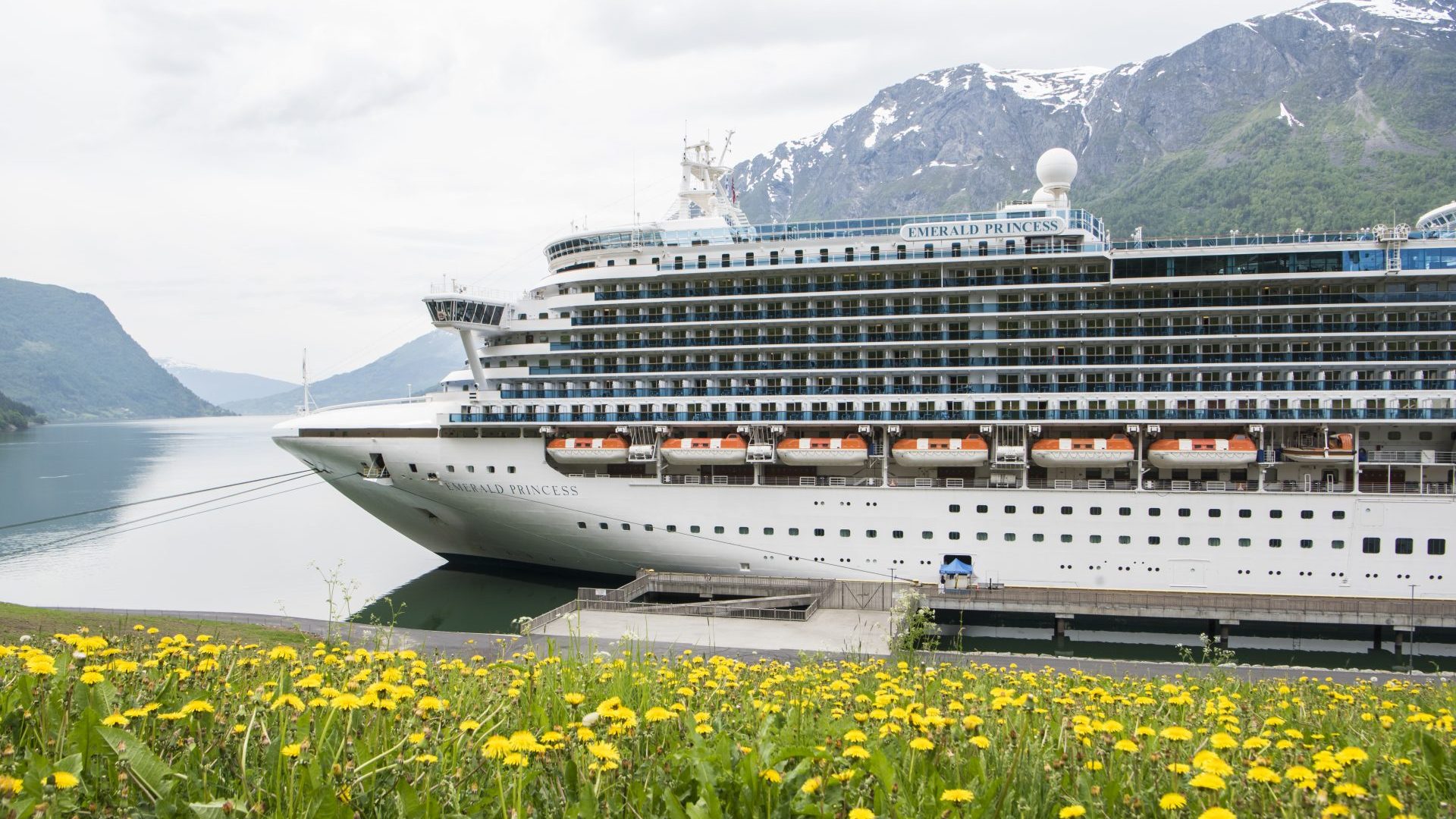In 2018, plans were announced to ban all but zero-emissions cruise ships from three of Norway’s fjords: Aurlandsfjord, Nærøyfjord and Geirangerfjord, starting in 2026. Unesco welcomed the positive impact this would have on “local population, transport and tourism, climate and [the] broader fjord environment”.
But after some extensive lobbying, the Norwegian Maritime Authority has decided there should be no ban before 2035 and that until then, a transitional arrangement would bring Norway into line with other EU countries. A final decision now rests with the climate ministry.
At the heart of the issue is the law of unintended consequences: while banning cruise ships might indeed reduce pollution on the water, it would also most probably trigger a huge increase in road traffic.
The depth of the fjords means that immense cruise liners can easily travel inland. I had the misfortune to encounter one such behemoth last autumn: the Monkees’ I’m a Believer was blasting from the speakers of what looked like a floating skyscraper – it was a kind of final call to passengers dallying in the gift shops and outlets by the dock at Flåm.
I’ve never quite “got” cruising – pointless voyages with no real destination; like watching all the trailers but never the actual movie. And, until relatively recently, the huge pollution the liners cause, both directly and indirectly, was going largely unremarked – unlike that of the airline industry.
Flåm was once, and to some extent still is, just a sleepy village deep in Norway’s mountains. But it has evolved into a tourism hub, thanks in part to those cruise ships – each carrying up to 6,500 people – but also to the Flåm railway, one of the world’s most scenic which goes 20kms to Myrdal, where it joins the main line for Oslo to Bergen
It is the steepest standard-gauge railway in the world and a magnet for railway buffs and other tourists, being part of the “Norway in a Nutshell” circuit. It carries more than half a million passengers a year and is the third-most popular attraction.
Begun in 1924, the line was only fully completed by the occupying Nazis in 1941. But despite its popularity, the state-owned Norwegian railway (NSB) decided in the 1990s that it did not particularly want the burden of maintaining it. It survived only because local interests agreed to invest in a new hotel and other infrastructure.
Services are now the responsibility of a company part-owned by Aurland municipality, which also retains the profits, while the track and infrastructure remain state-owned.
The large Fretheim Hotel, the Flåm pub and retail village, and the electric boats that take 300 or so passengers a time into Nærøyfjord (and in which the enterprise has 50%) are marketed under the “Norway’s Best” umbrella.
Norway’s Best and other local companies want the cruise ships to keep coming. Their argument was that – whether the ships docked in Flåm or an hour and a half’s drive away, at Vik – passengers would still want to visit both Nærøyfjord and the Flåm railway. But to achieve that, instead of taking a (relatively) benign cruise up the fjord, they would be clambering aboard buses and driving for three hours.
The 64,000-kroner question, then, became “which is the more environmentally damaging outcome: the status quo of cruise giants or countless coach-kilometres on roads?”
When the U-turn came, and it turned out the liners could continue visiting the fjords, Arve Tokvam, Norway’s Best’s head of communication and strategy, told me: “It looks like they have listened to our arguments and so we hope there’s been a good dialogue between the Maritime Authority and Ministry of Climate. “I think it’s reasonable to be optimistic now.”
But this agreement only holds until 2035. As for what happens after that, it’s a question that’s been kicked out into the deep waters of the fjord.
Stan Abbott is a journalist and author. He has been involved in travel and tourism in Norway for 20 years



